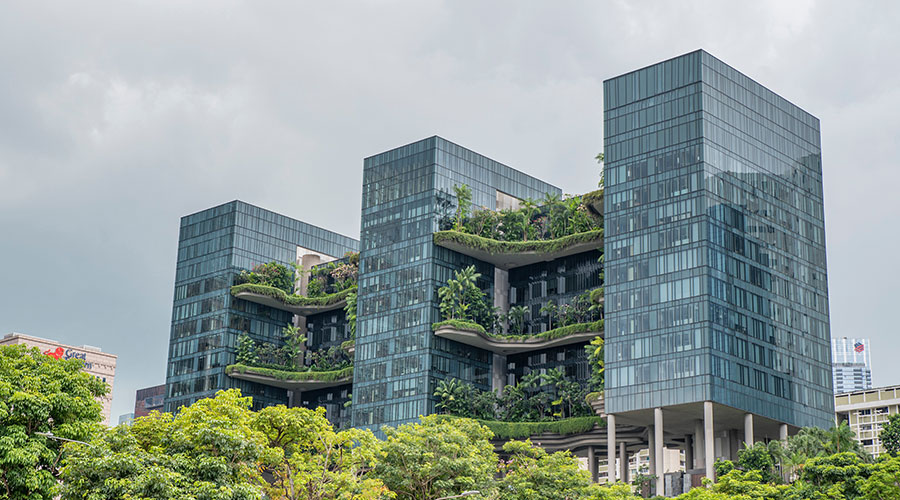Facility Managers Build Bridges To Achieve Sustainability Goals
While facility managers are best-positioned to contribute to triple bottom line goals, it doesn't mean they should try to go it alone. "Facilities can be a repository for all sustainability discussions," says Morgan. "But the idea of facilities being totally responsible for sustainability is wrong. You have to be able to build bridges horizontally throughout the company. Sustainability is about a deep understanding of the entire enterprise."
At BAE Systems, a large defense contractor, Sean Delehanty, sustainability manager, electronic systems, and an FMXcellence honoree, says he's seen the most success with routing sustainability through voluntary committees consisting of folks from all walks of the company. "We've tried numerous functional engagement strategies, but we've found that localized, volunteer committees is the best solution," he says.
Ideally, it's facility management leading these committees. But facility managers can't go from zero to leadership in a week. They need to build successes and credibility over time. "In order to build bridges to other organizations, you have to have big-picture end goals, but have short-term wins to get you there," says De Benedictis. "Facility managers have a huge opportunity to drive projects, but you have to make sustainability and the triple bottom line part of what you do on a day-to-day basis."
If you're known and credible, have built relationships, and are recognized as a leader with whom the company's executives have placed trust, it's much easier to build those bridges. Again, this takes time and practice.
"You must learn to understand your audience and approach them in ways that resonate with their businesses and markets," says De Benedictis. "Gather feedback and respond to it. You don't want to be a salesman, you want to change the culture."
This means being able to speak the language and understand the priorities of other parts of the business. "You have to adapt communication to the ears that are going to be hearing it," says Gilmer. "You really need to understand what is important and with whom you're speaking."
One key to getting other business units as partners is simply to be available to help them when they ask you for help. This is a huge part of relationship building, both with other departments and with executives. "Stay attuned to happenings in other departments," says Morgan. "Support other department's initiatives. This helps build a track record."
Show occupants and executives alike that the facilities department is engaged in their goals specifically, and larger organizational goals, like the triple bottom line. "FMs need to know they're operating in a very large context," says Gilmer. So making things relatable to what's important up and down the organization — to individual occupants, other departments, and the C-suite's organizational goals — is key to success.
What it comes down to is this: "Relate sustainable operations to the triple bottom line," says Morgan. "It becomes the lens to be able to judge and report successes."
Related Topics:













